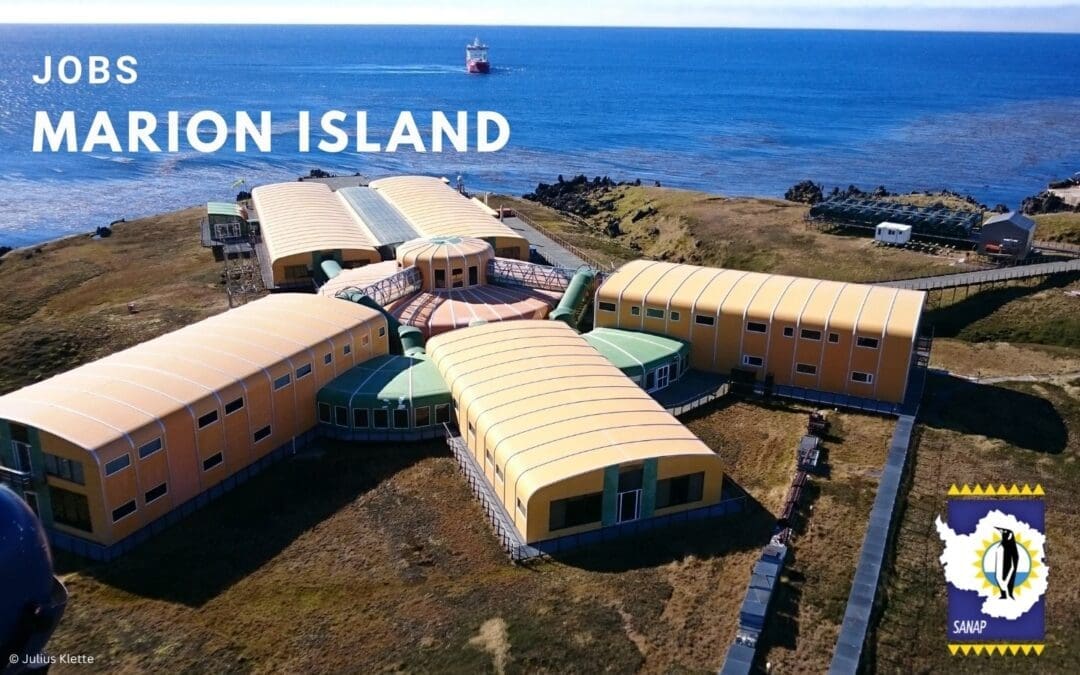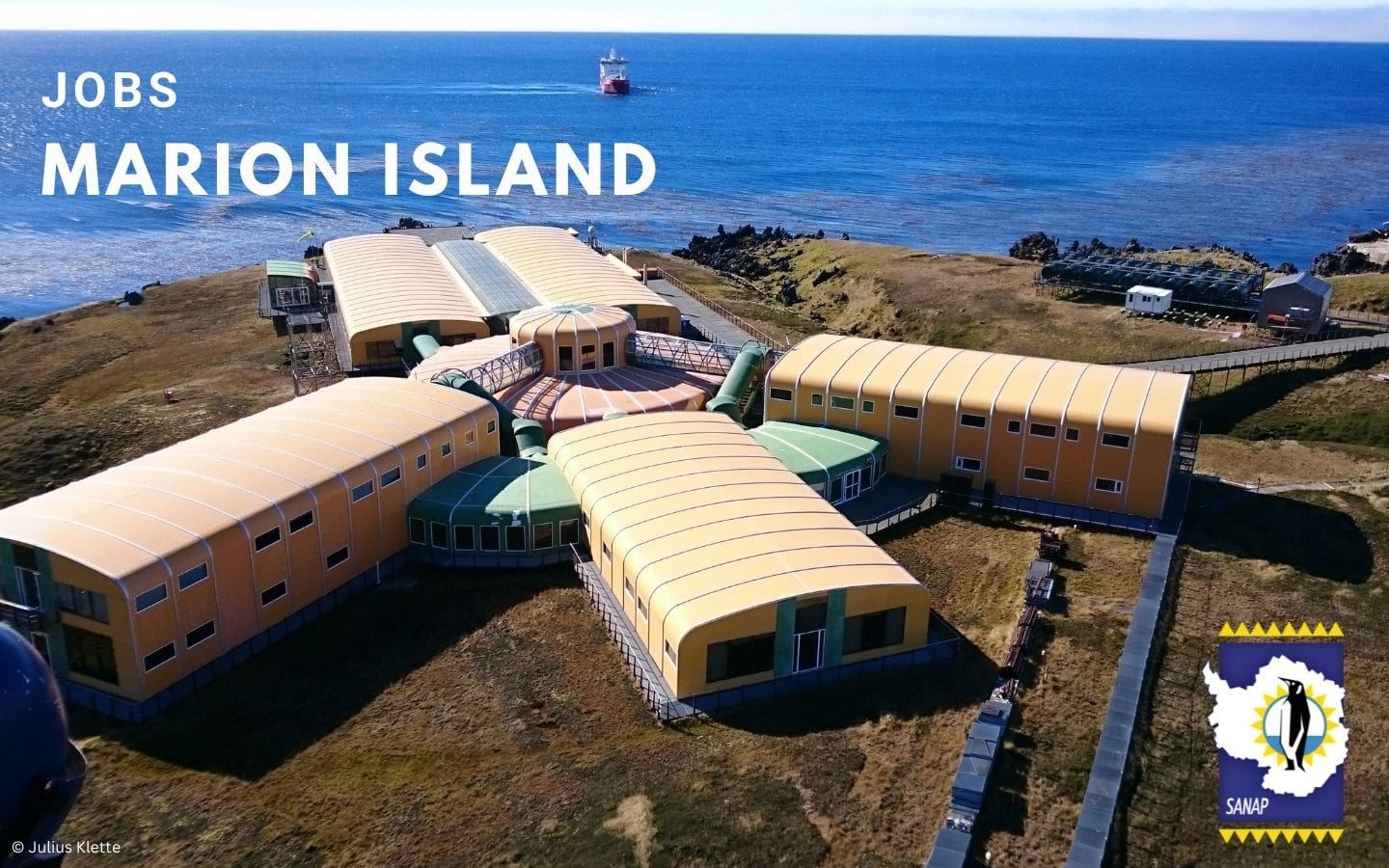by Ria Olivier | Feb 3, 2025 | Announcement, Geomorphology, Important Dates, Research, SANAP, SANAP Student, Science
 The International Conference on Geomorphology (ICG) 2025 is set to take place in breathtaking New Zealand, a land renowned for its dynamic landscapes and geological wonders. This global gathering of geomorphologists will provide a platform for cutting-edge discussions on landform processes, climate interactions, and Earth surface dynamics. We invite researchers, early-career scientists, and professionals to contribute to this exciting event by submitting abstracts to the special session:
The International Conference on Geomorphology (ICG) 2025 is set to take place in breathtaking New Zealand, a land renowned for its dynamic landscapes and geological wonders. This global gathering of geomorphologists will provide a platform for cutting-edge discussions on landform processes, climate interactions, and Earth surface dynamics. We invite researchers, early-career scientists, and professionals to contribute to this exciting event by submitting abstracts to the special session:
Geomorphological Insights from the Sub-Antarctic
Description: Sub-Antarctic islands, situated in the remote Southern Ocean, offer a unique geomorphological perspective due to their distinct geographical setting. These cold islands, characterized by both glacial and periglacial processes, provide crucial insights into the historical and ongoing changes in oceanic and atmospheric circulation patterns within the southern hemisphere mid-latitudes. Unlike their northern hemisphere counterparts, these islands experienced a different Last Glacial Maximum (LGM) and complex deglaciation, leading to unique geomorphological features and processes. The landforms of these islands serve as invaluable proxies for understanding landscape responses to climate change. Palaeo-climatic shifts have profoundly influenced geomorphological and cryogenic dynamics, shaping landforms and influencing ecosystem processes. Contemporary climatic changes, such as rising temperatures, moisture fluctuations, and increased frequency of extreme events, pose significant threats to these delicate geomorphological systems. These changes have the potential to push landscape and ecosystem processes beyond their existing environmental thresholds, impacting landforms and biodiversity. This session aims to explore the geomorphological significance of Sub-Antarctic islands and their role as indicators of environmental change. We invite contributions that highlight the geomorphological processes and dynamics that shape the landscape of these Sub- Antarctic Islands. Research focusing on the region’s geomorphological responses to past and present climatic conditions and the possible implications for ecosystem processes are particularly welcome. Emerging researchers are encouraged to submit their work to advance our understanding of these critical sentinel landscapes.

 Who Should Submit?
Who Should Submit?
We strongly encourage early-career researchers, postgraduate students, and experienced scientists to contribute their work. This is an excellent opportunity to showcase your research to an international audience, gain valuable feedback, and network with leading experts in the field.
Abstract Submission Deadline: 31 May 2025!!
Don’t miss your chance to be part of ICG 2025 and contribute to this vital discussion on the evolving landscapes of the Sub-Antarctic.
 Message from Prof Werner Nel:
Message from Prof Werner Nel:
“Dear Friends and Colleagues, We are putting a session together for the International Conference on Geomorphology that will be held in Christchurch in February 2026. As you can see the session description is very open, so we can really put a nice diverse session together. We would like to ask you to consider submitting an abstract to the session.
Hope to see you there. All the best.” Werner Nel

by Ria Olivier | Jan 17, 2025 | Announcement, Antarctica, Gough Island, Marion Island, Prince Edward Islands, SA Agulhas II, SANAE, SANAP, Southern Ocean

 The Department of Forestry, Fisheries and the Environment is pleased to announce the upcoming voyage schedule for the S.A. Agulhas II for the 2025/2026 season. This state-of-the-art polar research and supply vessel will continue its vital role in supporting South Africa’s research stations in Antarctica and the sub-Antarctic islands. Below is the planned itinerary provided by the Department of Forestry Fisheries and the Environment:
The Department of Forestry, Fisheries and the Environment is pleased to announce the upcoming voyage schedule for the S.A. Agulhas II for the 2025/2026 season. This state-of-the-art polar research and supply vessel will continue its vital role in supporting South Africa’s research stations in Antarctica and the sub-Antarctic islands. Below is the planned itinerary provided by the Department of Forestry Fisheries and the Environment:
 DOWNLOAD PDF Voyage Schedule 2025-2026
DOWNLOAD PDF Voyage Schedule 2025-2026
DOWNLOAD PDF Voyage Schedule 2026 – 2027
Please note that these dates are subject to change based on operational requirements and weather conditions. For the most up-to-date information, please refer to the official voyage schedule on the South African National Antarctic Programme (SANAP) website.
SANAP
We look forward to another successful season of exploration and research, furthering our understanding of these remote and vital regions.

by Ria Olivier | Nov 14, 2024 | Announcement
MARINE LIVING RESOURCES ACT, 1998
(ACT NO. 18 OF 1998)
INVITATION FOR NOMINATIONS OF MEMBERS TO SERVE ON THE CONSULTATIVE ADVISORY FORUM FOR
MARINE LIVING RESOURCES TO BE ESTABLISHED IN TERMS OF SECTION 5 OF THE MARINE LIVING
RESOURCES ACT, 1998
 The functions of the Forum, once established, are to advise the Minister on any matter referred to it by the Minister, and in particular on:
The functions of the Forum, once established, are to advise the Minister on any matter referred to it by the Minister, and in particular on:
The management and development of the fishing industry, including issues relating to the total allowable
catch;
Marine living resources management and related legislation’
The establishment and amendment of operational management procedures, including management plans;
Recommendations and directives on areas of research, including multidisciplinary research;
The allocation of money from the Fund;
The objectives and principles referred to in section 2 of the MLRA that in the opinion of the Forum should be
brought to the attention of the Minister.
 CLICK HERE
CLICK HERE
The Marine Living Resources Act 18 of 1998 intends:
- to provide for the conservation of the marine ecosystem, the long-term sustainable utilisation of marine living resources and the orderly access to exploitation, utilisation and protection of certain marine living resources; and
- for these purposes to provide for the exercise of control over marine living resources in a fair and equitable manner to the benefit of all the citizens of South Africa; and
- to provide for matters connected therewith.
 Marine Living Resources Act – Click Here
Marine Living Resources Act – Click Here
Marine living resources are the organisms that live in the ocean and seas, and include everything from microscopic bacteria to large mammals and fish. They are a vital part of the ocean’s biological component
 Photo Credit: Tavis Dalton and Sean Evans
Photo Credit: Tavis Dalton and Sean Evans

by Ria Olivier | Oct 21, 2024 | Announcement, Antarctica, Research
 You are invited to participate in an online mini symposium on Quaternary (including Holocene!) climate and environmental change in the Southern Hemisphere. This is an initiative by the WiSH (Warm Intervals in the Southern Hemisphere) group, an INQUA funded project. Whether your field is in archaeology, palaeontology, mathematics, palaeoclimate… or you are into developing new methods and techniques in modelling, multi-proxy dating etc., we would like to hear from you!
You are invited to participate in an online mini symposium on Quaternary (including Holocene!) climate and environmental change in the Southern Hemisphere. This is an initiative by the WiSH (Warm Intervals in the Southern Hemisphere) group, an INQUA funded project. Whether your field is in archaeology, palaeontology, mathematics, palaeoclimate… or you are into developing new methods and techniques in modelling, multi-proxy dating etc., we would like to hear from you!  The aim is to share recent research results and ideas related to Southern Hemisphere climatic and environmental change and variability, in particular during the late Pleistocene and Holocene, and in a range of environmental contexts. We especially encourage postgraduate students to attend and present! We have coordinated meetings for each Southern Hemisphere region, as follows, depending on where you work (not where you are based):
The aim is to share recent research results and ideas related to Southern Hemisphere climatic and environmental change and variability, in particular during the late Pleistocene and Holocene, and in a range of environmental contexts. We especially encourage postgraduate students to attend and present! We have coordinated meetings for each Southern Hemisphere region, as follows, depending on where you work (not where you are based):
- South American research community: 4 February 2025 (~9am-3pm Santiago, Chile, UTC-3), online, free of charge!
- Southern African research community: 5 February 2025 (~9am-3pm, Johannesburg, South Africa, UTC+2), online, free of charge!
- New Zealand and Australian research community: 6-8 February 2025, University of Canterbury Cass field station, in person, small charge applies.
In all instances, more information will follow.
To participate by presenting, please submit your abstract by 6 December 2024 using the template (click here to download) to the relevant regional contact below. Submissions can be made to:
If you would like to attend but not participate by presenting, this is absolutely fine, we will be sending meeting links for the S Am/SA online elements, but please indicate your intentions by just dropping an email to the relevant person. Feel free to contact us for any queries.
WiSH Steering Committee contact details:
South America:
Southern Africa:
Australasia:

by Ria Olivier | Oct 15, 2024 | Announcement, APECSSA
 Invitation to the third lecture in our 2024 Lecture Series. In this session, we will explore the development and communication of your personal brand, highlighting its critical importance for postgraduate students entering the competitive job market (more details below). The lecture will take place via Zoom (please note that the session will be recorded) and anyone interested in attending should please register via the link below. Date: Thursday, 17 October 2024 Time: Starts at 15:00 (GMT+2) Title: Personal Branding & CV Fundamentals Speaker: Annabel Eggeling (Leading Trends in People Management – Wits Business School 2010) Zoom registration link: https://eu01web.zoom.us/webinar/register/WN_PzOKgJwLReWQJg7kYNRH0w
Invitation to the third lecture in our 2024 Lecture Series. In this session, we will explore the development and communication of your personal brand, highlighting its critical importance for postgraduate students entering the competitive job market (more details below). The lecture will take place via Zoom (please note that the session will be recorded) and anyone interested in attending should please register via the link below. Date: Thursday, 17 October 2024 Time: Starts at 15:00 (GMT+2) Title: Personal Branding & CV Fundamentals Speaker: Annabel Eggeling (Leading Trends in People Management – Wits Business School 2010) Zoom registration link: https://eu01web.zoom.us/webinar/register/WN_PzOKgJwLReWQJg7kYNRH0w
 Description: This presentation explores the development and communication of your personal brand, emphasizing its critical importance for postgraduate students entering the competitive job market. In an era where AI and matching algorithms now play a pivotal role in CV selection, it’s essential to master the art of crafting a CV that makes it to the “short-list”. We will discuss strategies for optimizing your CV to stand out in Applicant Tracking Systems (ATS), including best practices for format and content. This session will also serve as a foundation for preparing for interviews, ensuring you are well-equipped to showcase your skills and experience effectively.
Description: This presentation explores the development and communication of your personal brand, emphasizing its critical importance for postgraduate students entering the competitive job market. In an era where AI and matching algorithms now play a pivotal role in CV selection, it’s essential to master the art of crafting a CV that makes it to the “short-list”. We will discuss strategies for optimizing your CV to stand out in Applicant Tracking Systems (ATS), including best practices for format and content. This session will also serve as a foundation for preparing for interviews, ensuring you are well-equipped to showcase your skills and experience effectively.
Bio: Annabel, who recently retired after a distinguished 30-year career with Accenture, brings a wealth of experience from her roles in Human Resources and Talent Supply Chain. Her career spanned multiple locations, including Johannesburg, Qatar, and Cape Town, where she led recruitment teams and interviewed candidates ranging from recent postgraduates to Managing Directors. Now retired from the corporate world, Annabel shares her expertise through various forums like SEAmester and APECS. In addition to offering literacy support to young students and raising guide dogs, she engages in knitting, crocheting for charitable organizations, and enjoys a range of personal interests such as hiking, swimming, and crafting.
If you have any questions or need further information, visit our website or contact apecssa@gmail.com.
We look forward to seeing you on Thursday!
Best regards,
APECS South Africa National Committee

by Ria Olivier | Oct 11, 2024 | Announcement, Jobs, Marion Island, News, Overwintering Team, Research, SANAP, Science, Southern Ocean, Stations, sub-Antarctic, Team member

The following positions are available on the sub-Antarctic, Marion Island for the overwintering period (April 2025 to May 2026)
Environmental Officer Assistant Environmental Officer
Communications Engineer Diesel Mechanic Electrical Engineer Medical Orderly
Senior Meteorological Technician Assistant Meteorological Technician
2 X Field Assistants – Sea Birds
Closing Date: 28 OCTOBER
Click here: View all positions
 The International Conference on Geomorphology (ICG) 2025 is set to take place in breathtaking New Zealand, a land renowned for its dynamic landscapes and geological wonders. This global gathering of geomorphologists will provide a platform for cutting-edge discussions on landform processes, climate interactions, and Earth surface dynamics. We invite researchers, early-career scientists, and professionals to contribute to this exciting event by submitting abstracts to the special session:
The International Conference on Geomorphology (ICG) 2025 is set to take place in breathtaking New Zealand, a land renowned for its dynamic landscapes and geological wonders. This global gathering of geomorphologists will provide a platform for cutting-edge discussions on landform processes, climate interactions, and Earth surface dynamics. We invite researchers, early-career scientists, and professionals to contribute to this exciting event by submitting abstracts to the special session: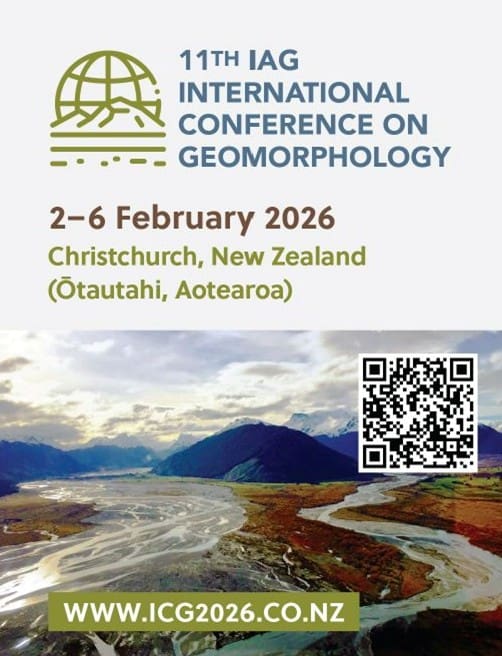
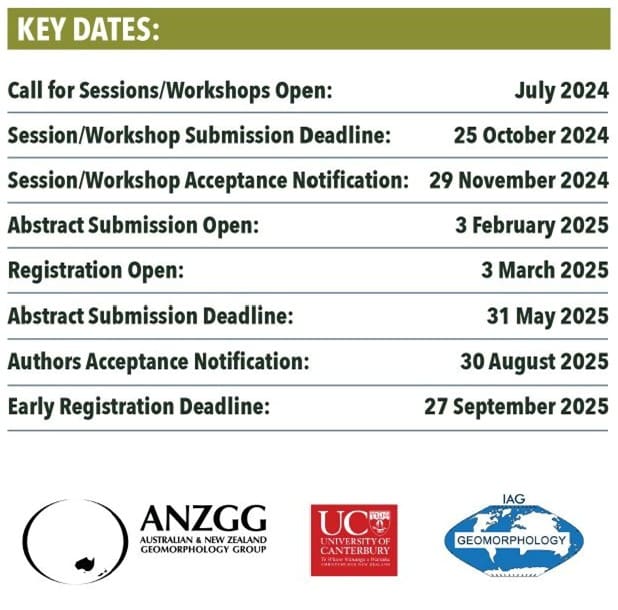 Who Should Submit?
Who Should Submit?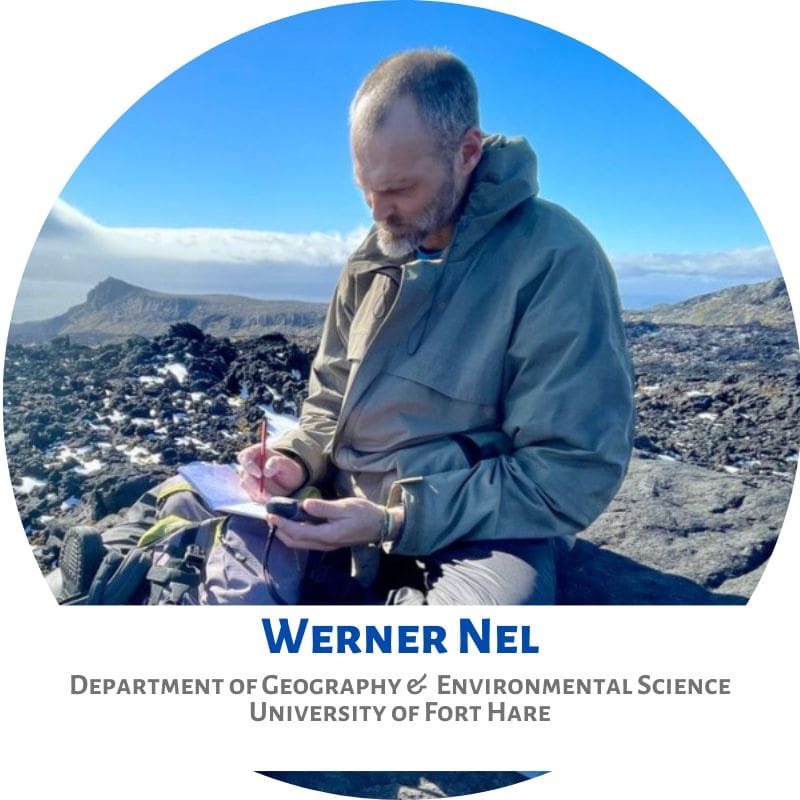 Message from Prof Werner Nel:
Message from Prof Werner Nel:
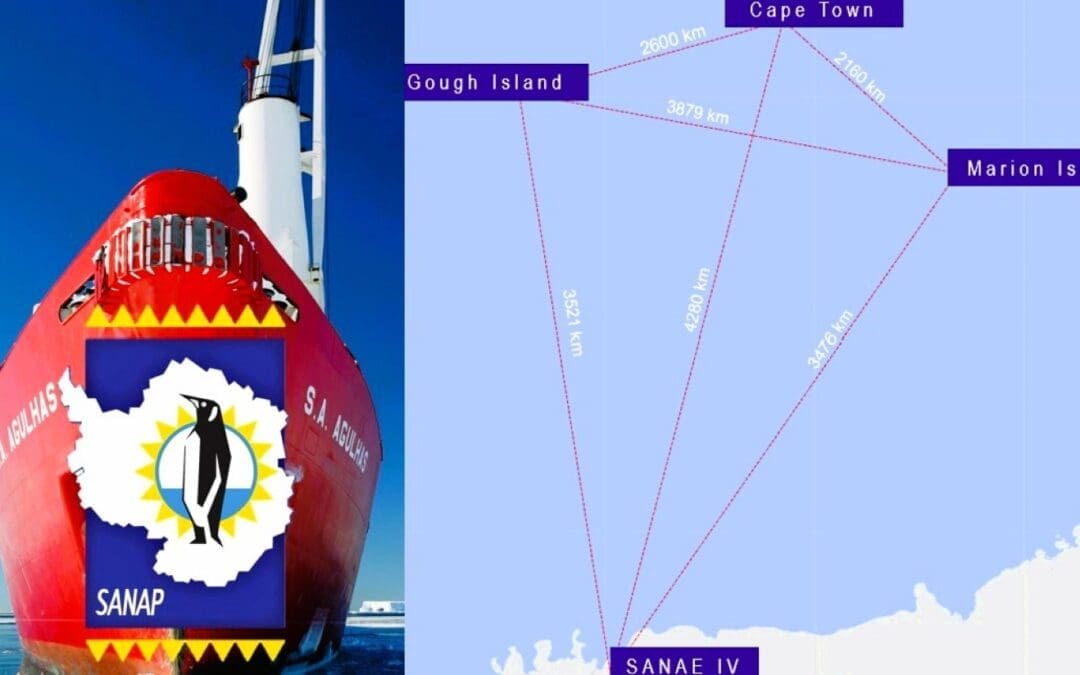
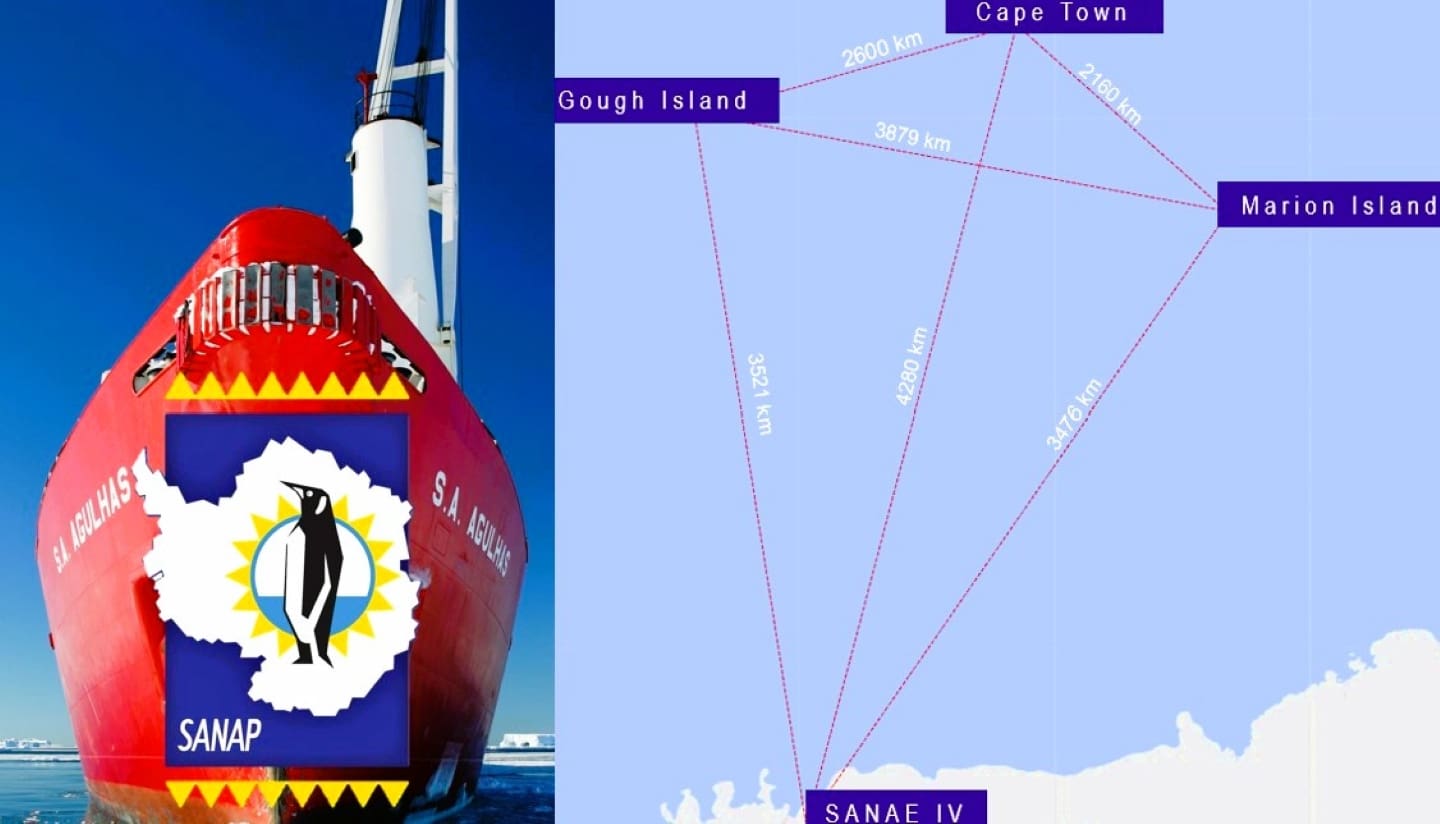
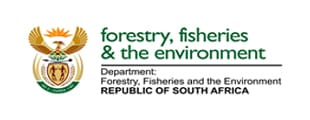 The Department of Forestry, Fisheries and the Environment is pleased to announce the upcoming voyage schedule for the S.A. Agulhas II for the 2025/2026 season. This state-of-the-art polar research and supply vessel will continue its vital role in supporting South Africa’s research stations in Antarctica and the sub-Antarctic islands. Below is the planned itinerary provided by the Department of Forestry Fisheries and the Environment:
The Department of Forestry, Fisheries and the Environment is pleased to announce the upcoming voyage schedule for the S.A. Agulhas II for the 2025/2026 season. This state-of-the-art polar research and supply vessel will continue its vital role in supporting South Africa’s research stations in Antarctica and the sub-Antarctic islands. Below is the planned itinerary provided by the Department of Forestry Fisheries and the Environment: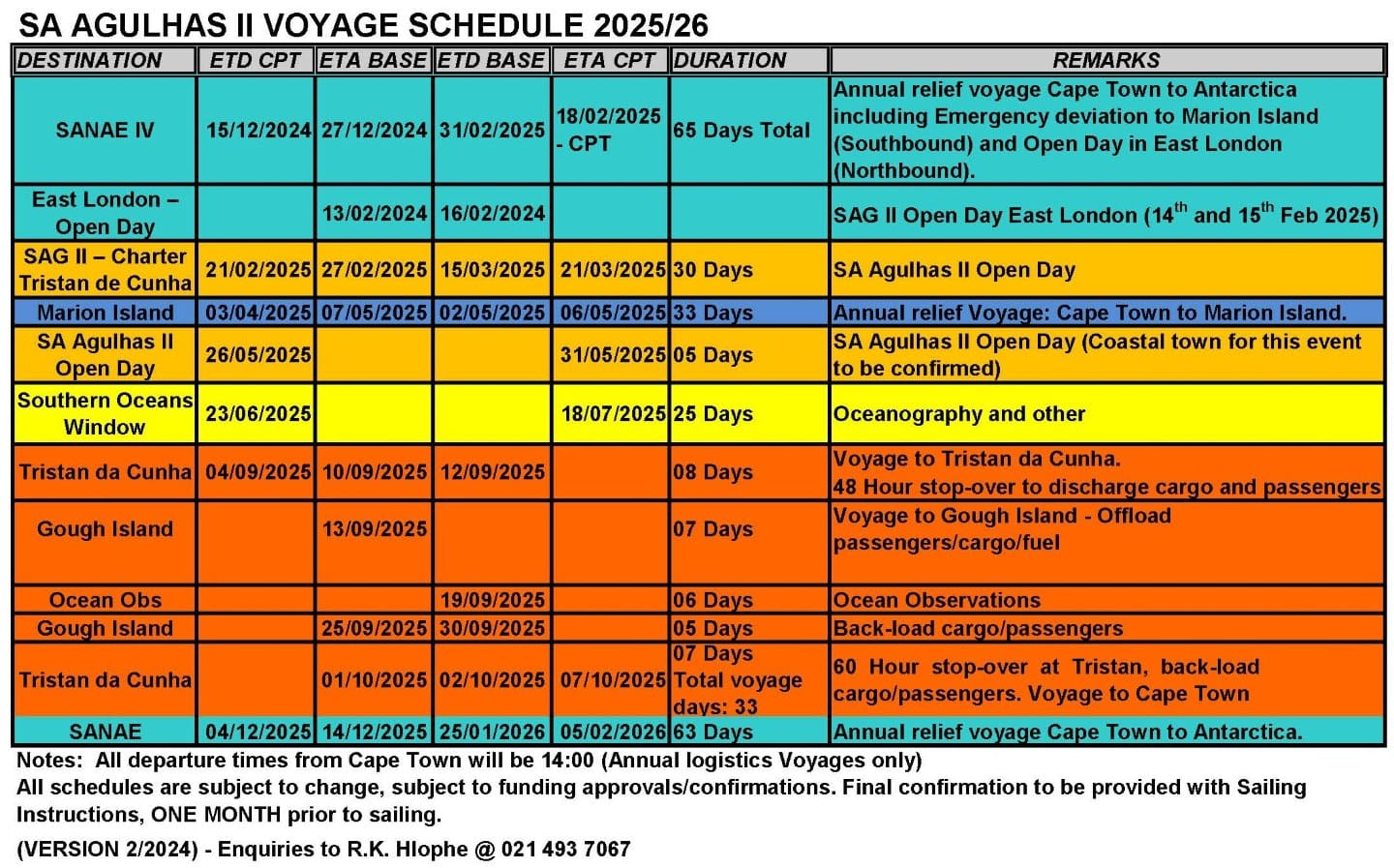
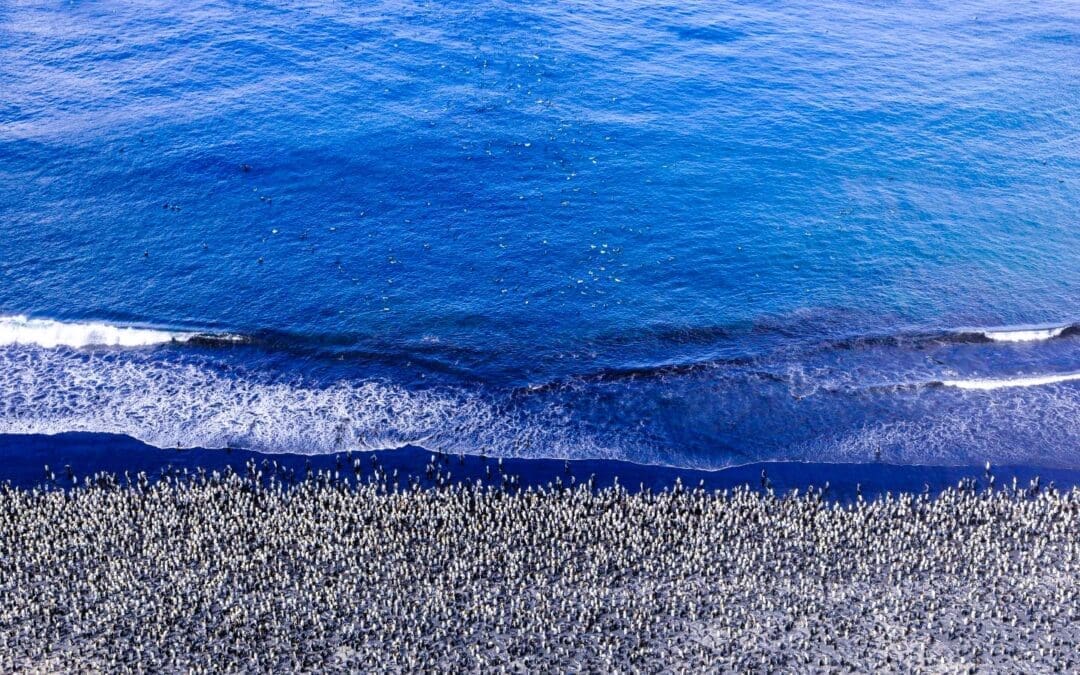
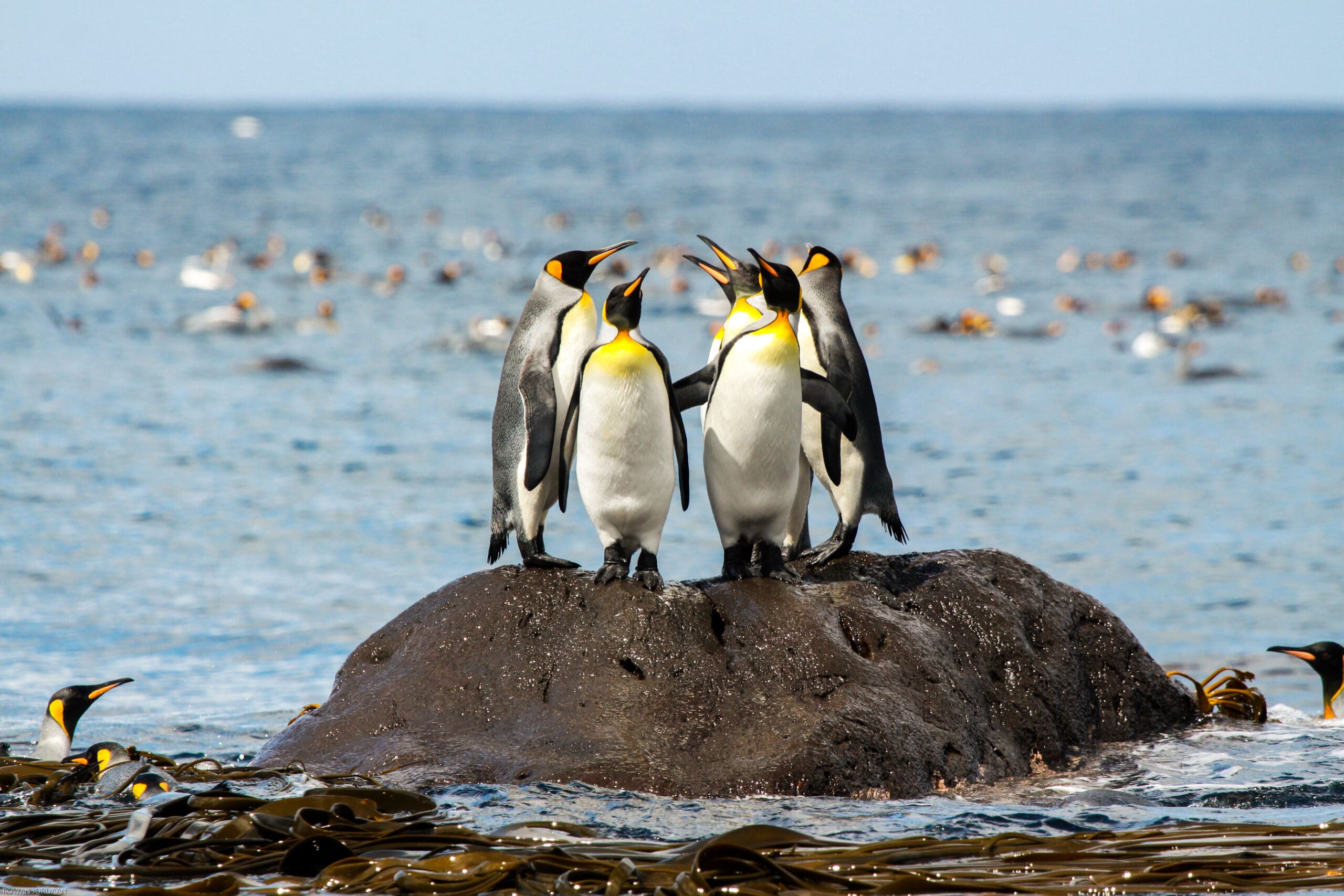 The functions of the Forum, once established, are to advise the Minister on any matter referred to it by the Minister, and in particular on:
The functions of the Forum, once established, are to advise the Minister on any matter referred to it by the Minister, and in particular on: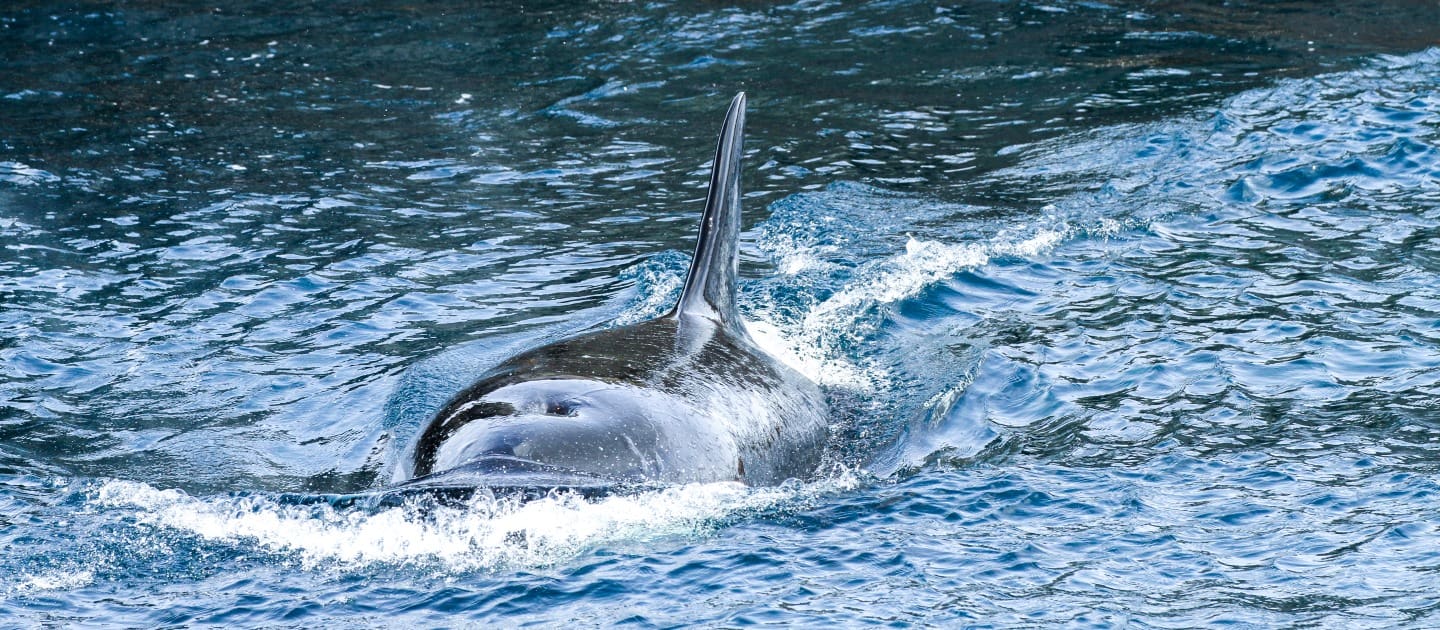
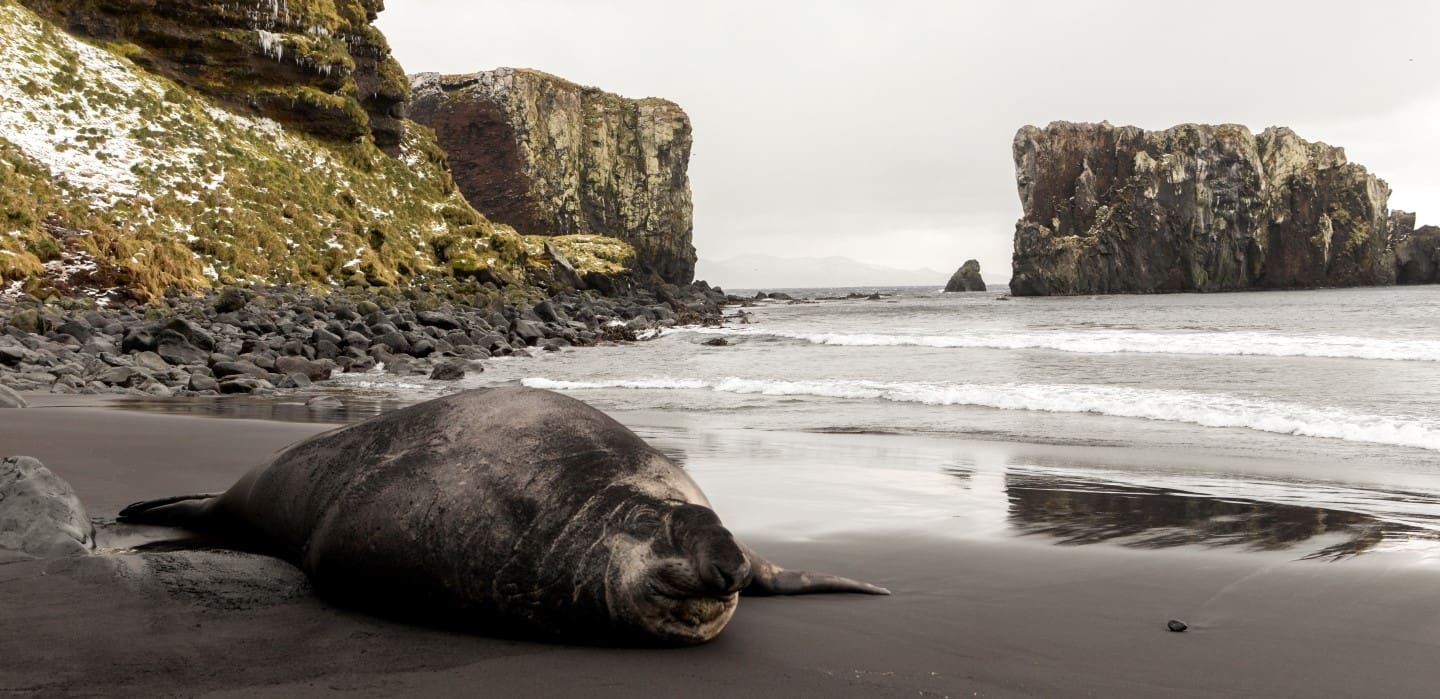
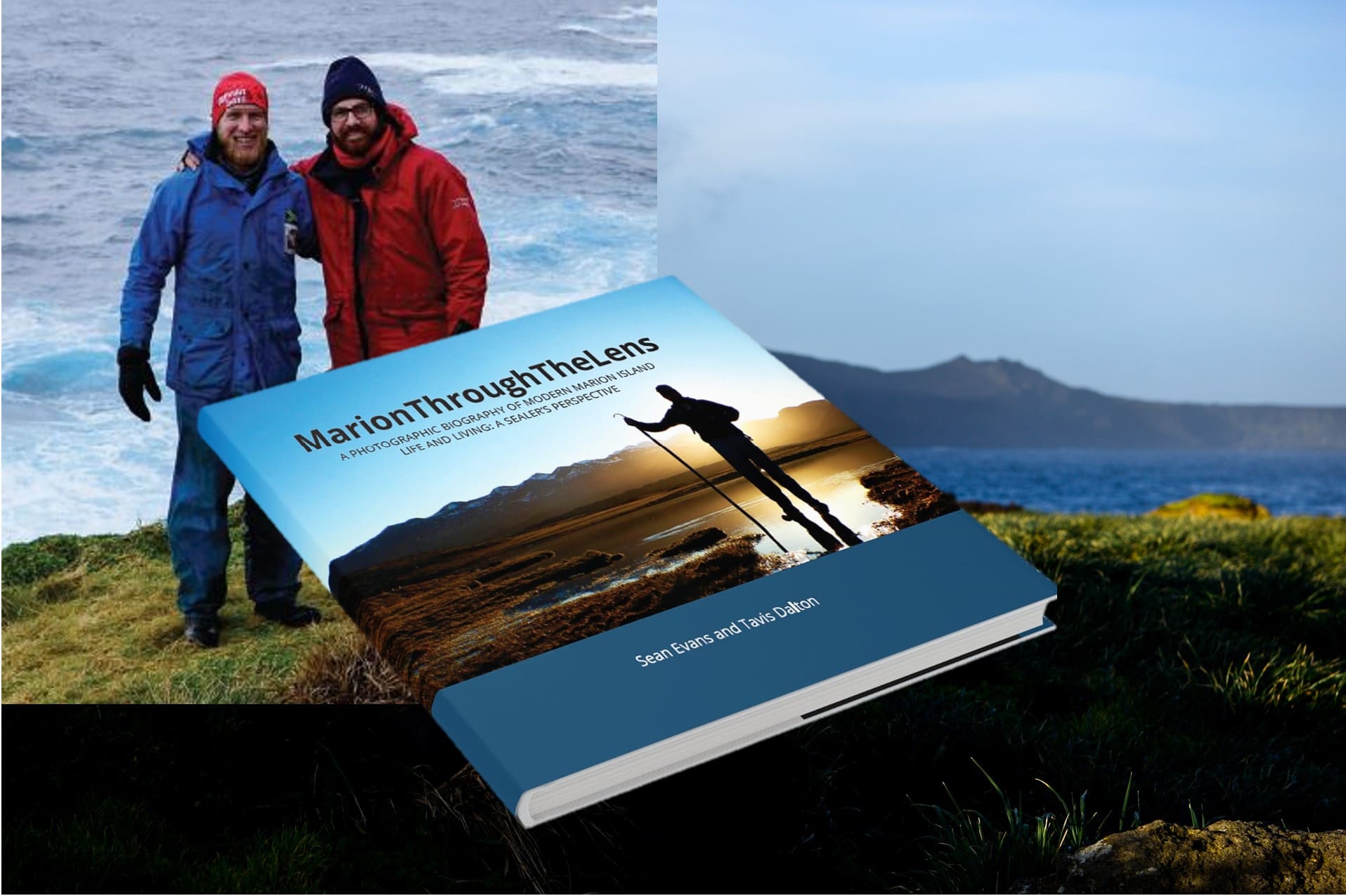 Photo Credit: Tavis Dalton and Sean Evans
Photo Credit: Tavis Dalton and Sean Evans 
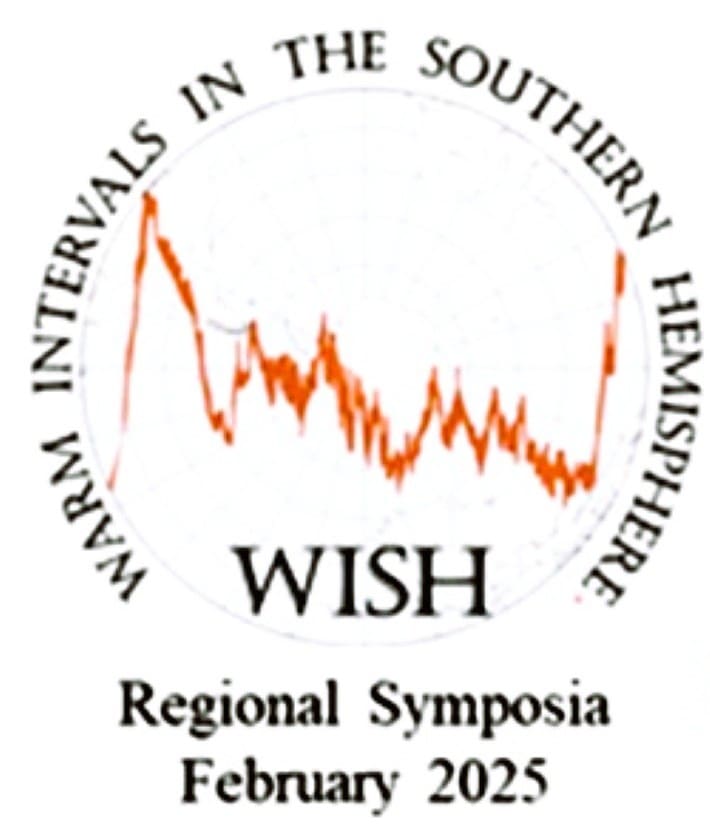 You are invited to participate in an online mini symposium on Quaternary (including Holocene!) climate and environmental change in the Southern Hemisphere. This is an initiative by the WiSH (Warm Intervals in the Southern Hemisphere) group, an INQUA funded project. Whether your field is in archaeology, palaeontology, mathematics, palaeoclimate… or you are into developing new methods and techniques in modelling, multi-proxy dating etc., we would like to hear from you!
You are invited to participate in an online mini symposium on Quaternary (including Holocene!) climate and environmental change in the Southern Hemisphere. This is an initiative by the WiSH (Warm Intervals in the Southern Hemisphere) group, an INQUA funded project. Whether your field is in archaeology, palaeontology, mathematics, palaeoclimate… or you are into developing new methods and techniques in modelling, multi-proxy dating etc., we would like to hear from you! 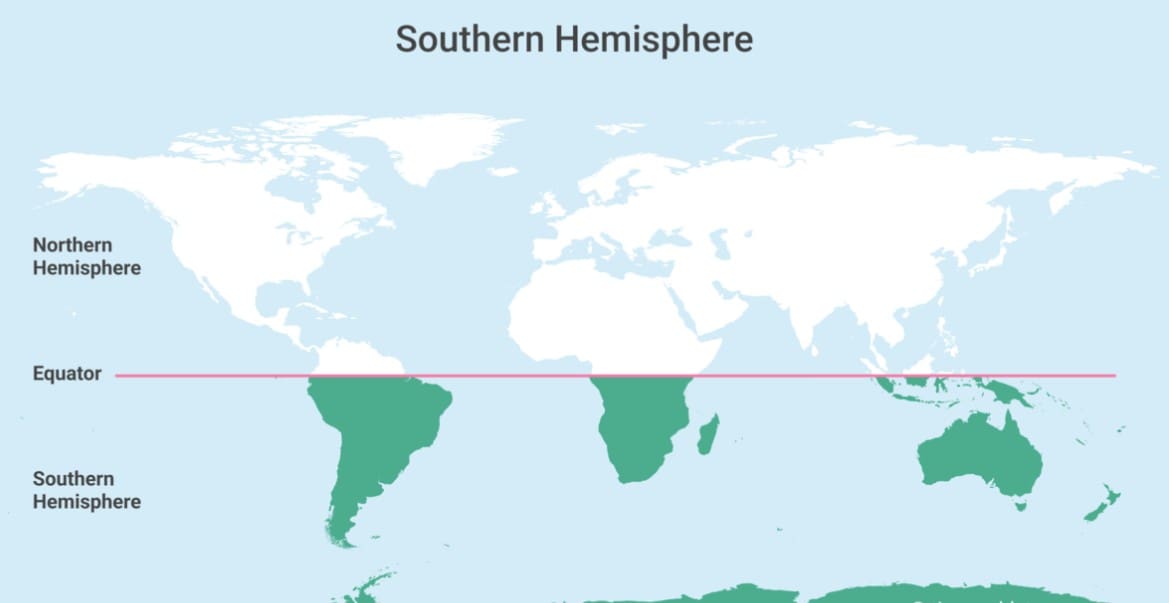 The aim is to share recent research results and ideas related to Southern Hemisphere climatic and environmental change and variability, in particular during the late Pleistocene and Holocene, and in a range of environmental contexts. We especially encourage postgraduate students to attend and present! We have coordinated meetings for each Southern Hemisphere region, as follows, depending on where you work (not where you are based):
The aim is to share recent research results and ideas related to Southern Hemisphere climatic and environmental change and variability, in particular during the late Pleistocene and Holocene, and in a range of environmental contexts. We especially encourage postgraduate students to attend and present! We have coordinated meetings for each Southern Hemisphere region, as follows, depending on where you work (not where you are based):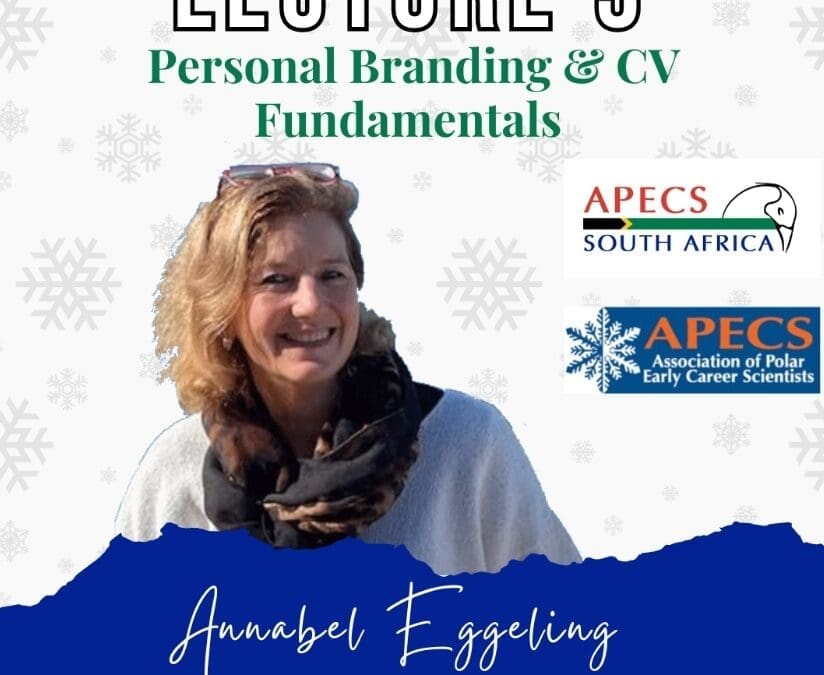
 Invitation to the third lecture in our 2024 Lecture Series. In this session, we will explore the development and communication of your personal brand, highlighting its critical importance for postgraduate students entering the competitive job market (more details below). The lecture will take place via Zoom (please note that the session will be recorded) and anyone interested in attending should please register via the link below. Date: Thursday, 17 October 2024 Time: Starts at 15:00 (GMT+2) Title: Personal Branding & CV Fundamentals Speaker: Annabel Eggeling (Leading Trends in People Management – Wits Business School 2010) Zoom registration link:
Invitation to the third lecture in our 2024 Lecture Series. In this session, we will explore the development and communication of your personal brand, highlighting its critical importance for postgraduate students entering the competitive job market (more details below). The lecture will take place via Zoom (please note that the session will be recorded) and anyone interested in attending should please register via the link below. Date: Thursday, 17 October 2024 Time: Starts at 15:00 (GMT+2) Title: Personal Branding & CV Fundamentals Speaker: Annabel Eggeling (Leading Trends in People Management – Wits Business School 2010) Zoom registration link:  Description: This presentation explores the development and communication of your personal brand, emphasizing its critical importance for postgraduate students entering the competitive job market. In an era where AI and matching algorithms now play a pivotal role in CV selection, it’s essential to master the art of crafting a CV that makes it to the “short-list”. We will discuss strategies for optimizing your CV to stand out in Applicant Tracking Systems (ATS), including best practices for format and content. This session will also serve as a foundation for preparing for interviews, ensuring you are well-equipped to showcase your skills and experience effectively.
Description: This presentation explores the development and communication of your personal brand, emphasizing its critical importance for postgraduate students entering the competitive job market. In an era where AI and matching algorithms now play a pivotal role in CV selection, it’s essential to master the art of crafting a CV that makes it to the “short-list”. We will discuss strategies for optimizing your CV to stand out in Applicant Tracking Systems (ATS), including best practices for format and content. This session will also serve as a foundation for preparing for interviews, ensuring you are well-equipped to showcase your skills and experience effectively.